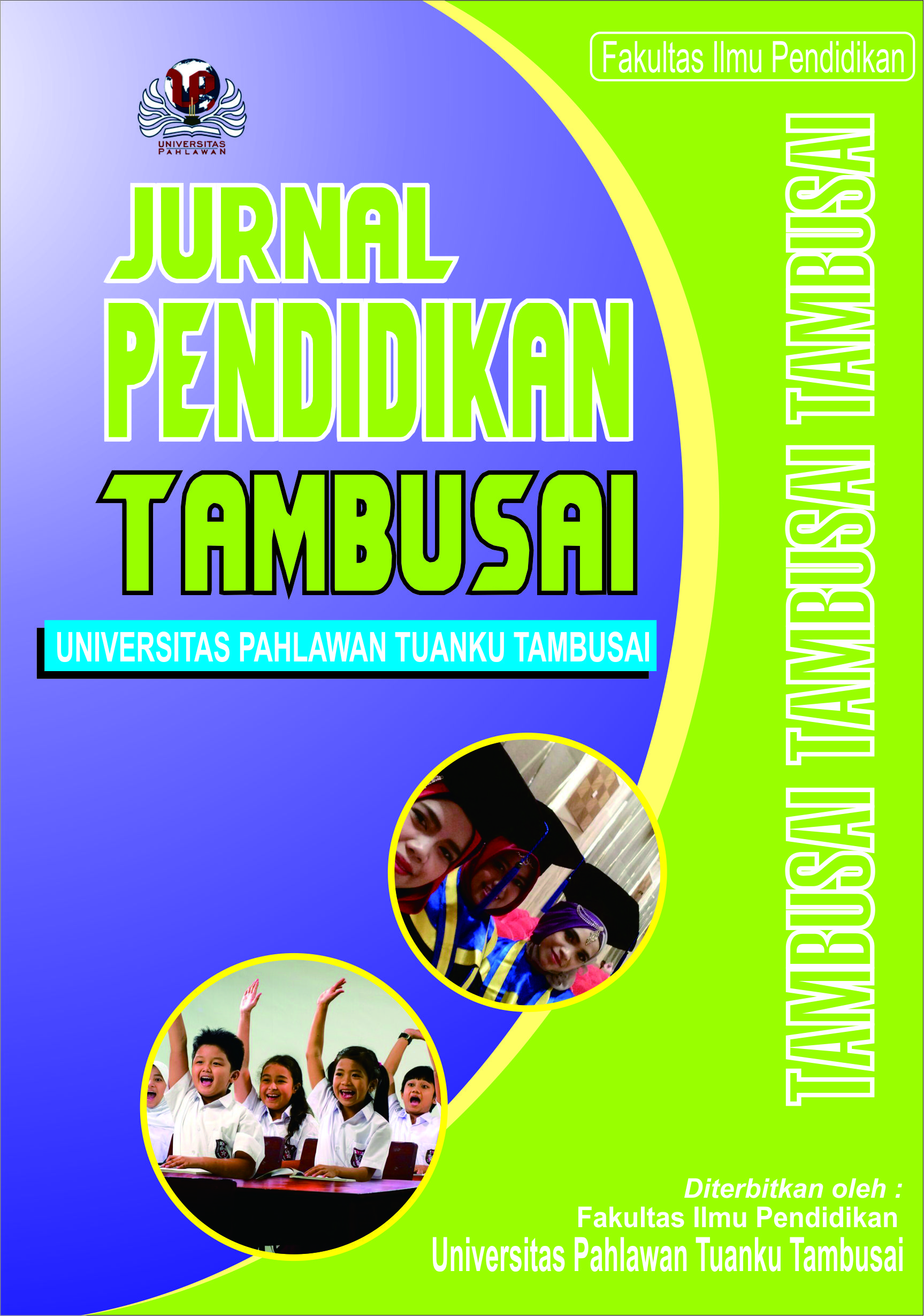Analysis of a Father's Suicide Note: Forensic Stylistics
Keywords:
Catatan Bunuh Diri, Fitur Bahasa, Stilistika ForensikAbstract
Penelitian ini menggunakan metode deskriptif kualitatif untuk menganalisis catatan bunuh diri yang ditinggalkan oleh YAP yang mengakhiri hidupnya karena stres akibat hutang judi. Dengan menerapkan teori Prokofyeva tentang ciri-ciri bahasa khas yang terdapat dalam catatan, analisisnya berfokus pada penalaran yang jelas, ekspresi emosional, struktur teks, tata bahasa, dan tanda baca. Catatan bunuh diri ini mengungkapkan rasa putus asa YAP yang mendalam karena ia mengaku merasa tidak mampu membantu keluarganya dan perbuatannya telah menimbulkan banyak masalah. Struktur teks catatan tersebut mengikuti pola yang khas, dengan permintaan maaf awal, penjelasan alasan bunuh diri, ekspresi keprihatinan terhadap anggota keluarga, dan permintaan terakhir. Analisis tata bahasa menyoroti penggunaan waktu untuk menyampaikan tindakan masa lalu dan keadaan saat ini, yang mencerminkan keadaan mental dan niat YAP. Tanda baca dalam catatan tidak secara signifikan mempengaruhi interpretasi pesan YAP tetapi merupakan aspek penting dari analisis linguistik dalam stilistika forensik. Penelitian ini menunjukkan bagaimana stilistika forensik membantu dalam memahami pesan tertulis, terutama dalam kasus catatan bunuh diri berikut.
References
Beck, A. T. (1963). Thinking and depression. Archives of General Psychiatry, 9, 324-333.
Crystal, D./Davy, D. (l969): Investigating English style. London: Longman.
Crystal, D. (1988). The English Language. London: Penguin Books, 1988
Galasinski, D. (2017). Discourse of men’s suicide note: A qualitative analysis. London: Bloomsbury Academic.
Maulida, D. E., Andira, M. A., Onggatta, R., Balqis, S., Hamzah, S. F., & Rangkuti, R. (2024). Forensic Stylistic Analysis of UNNES Student’s Suicide Note. International Journal of Research on English Teaching and Applied Linguistics, 4(2), 26-33.
Maulida, D. E., Andira, M. A., Onggatta, R., Balqis, S., Hamzah, S. F., & Rangkuti, R. (2024). Forensic Stylistic Analysis of UNNES Student’s Suicide Note. International Journal of Research on English Teaching and Applied Linguistics, 4(2), 26-33.
McMenamin, G.R. (2002). Forensic linguistics: Advances in forensic stylistics. London: CRC Press
Olsson, J. (2008). Forensic linguistics: An introduction to the language, crime and the law (2nd Ed.). London: A & C Black.
Olsson, J. (2004). Forensic linguistics: An introduction to the language, crime, and the law. London: Continuum.
Patton, M. Q. (1990). Qualitative evaluation and research methods. SAGE Publications, inc.
Prokofyeva, T. (2013). Language use in two types of suicide texts (Master’s thesis).Linköping University, Linköping.
Schoene, A. M., & Dethlef, N. (2016). Automatic identification of suicide notes from linguistic and sentiment features. Paper presented at the 10th SIGHUM Workshop on Language Technology for Cultural Heritage, Social Sciences, and Humanities. Berlin, Germany.
Simpson, R. (2004). Stylistic features of academic speech: The role of formulaic expressions. Discourse in the professions: Perspectives from corpus linguistics, 37-64.
Sudjana, E. T., & Fitri, N. (2013). Kurt Cobain’s Suicide Note Case: Forensic Linguistic Profiling Analysis.
Wales, K. (2014). A dictionary of stylistics. Routledge.
Downloads
Published
How to Cite
Issue
Section
Citation Check
License
Copyright (c) 2024 Rachel Pratiwi Siahaan

This work is licensed under a Creative Commons Attribution-ShareAlike 4.0 International License.
Authors who publish with this journal agree to the following terms:
- Authors retain copyright and grant the journal right of first publication with the work simultaneously licensed under a Creative Commons Attribution License that allows others to share the work with an acknowledgement of the work’s authorship and initial publication in this journal.
- Authors are able to enter into separate, additional contractual arrangements for the non-exclusive distribution of the journal’s published version of the work (e.g., post it to an institutional repository or publish it in a book), with an acknowledgement of its initial publication in this journal.
- Authors are permitted and encouraged to post their work online (e.g., in institutional repositories or on their website) prior to and during the submission process, as it can lead to productive exchanges, as well as earlier and greater citation of published work (See The Effect of Open Access).



